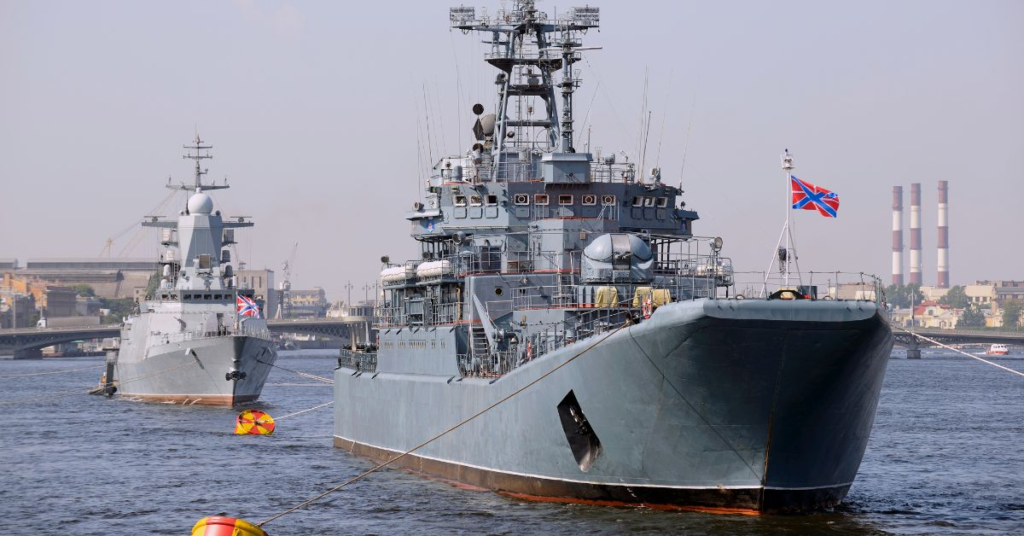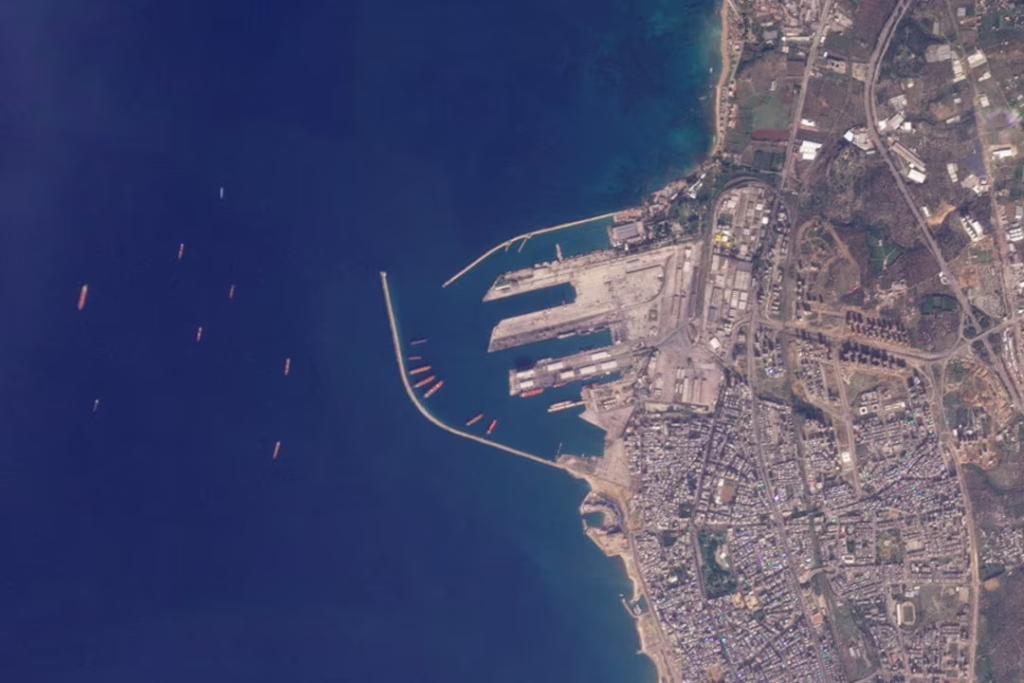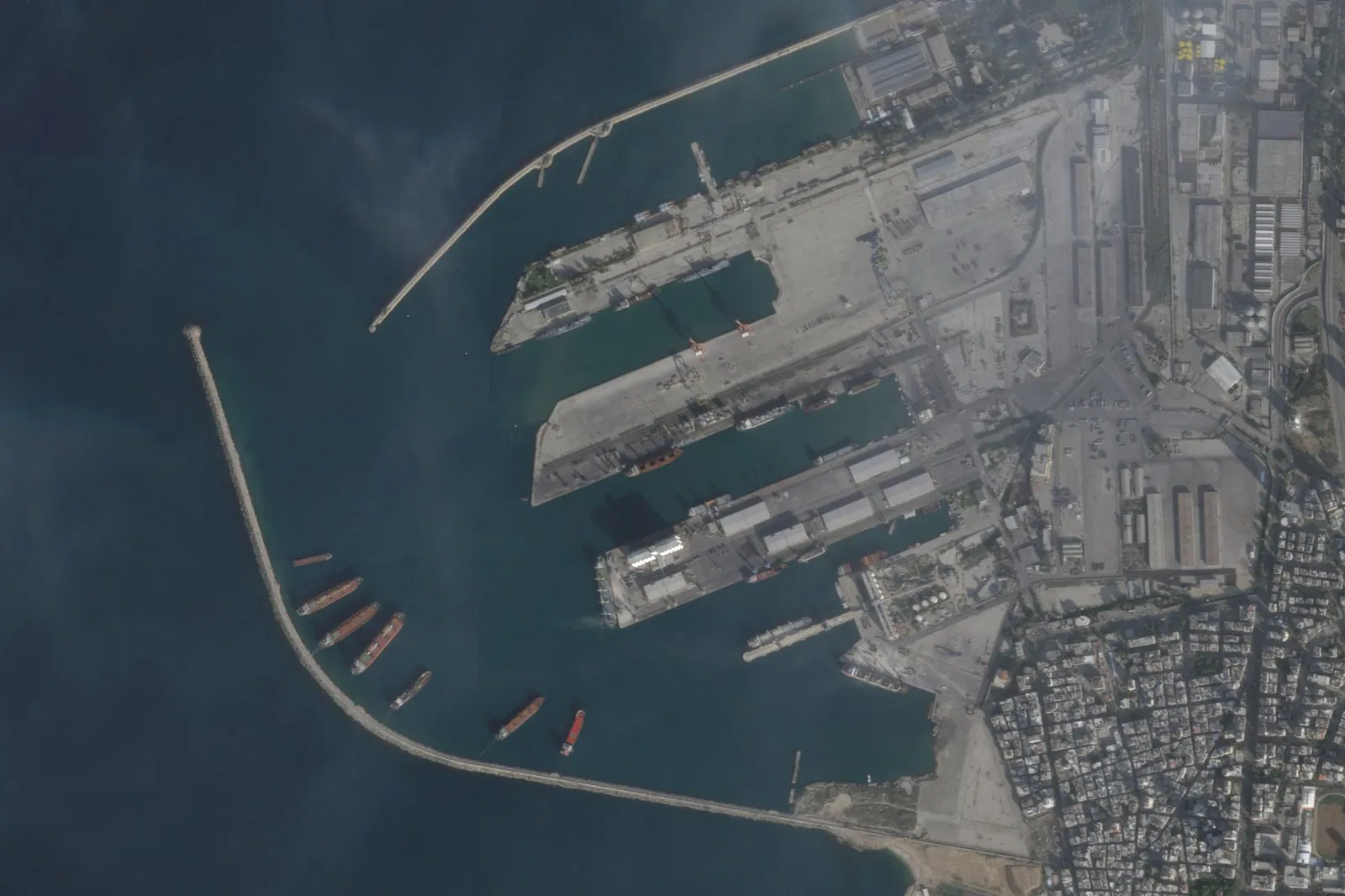Russian Ships Leave Syria’s Tartus naval base marks a significant turning point in the geopolitical landscape of the Middle East. This development follows the dramatic overthrow of President Bashar al-Assad’s regime by rebel forces, effectively ending Syria’s brutal 13-year civil war.
The collapse of Assad’s government raises numerous questions about Russia’s military strategy in the region, its enduring influence in Syria, and the broader implications for global politics.
Russian Military Movements in the Wake of Assad’s Downfall
Satellite imagery captured by Planet Labs PBC in early December provided the first indications of Russia’s strategic repositioning. The images revealed a steady movement of Russian naval assets out of the Tartus base. By Monday, no Russian warships could be spotted in the latest satellite photographs, fueling speculation about the status of Russia’s military presence in Syria.
An intelligence analyst confirmed that five Russian surface vessels, including three frigates, two replenishment oilers, and a submarine, departed Tartus earlier this week and had yet to return.
This marks a rare moment of retreat for Moscow, which has long used Tartus as a vital warm-water port to project power in the Mediterranean and beyond.
Read : Syrian Rebels Work to Form Interim Government in Country After Assad Ouster
In addition to the naval repositioning, reports from Ukraine’s Military Intelligence Agency suggest that Moscow has also begun airlifting weapons and other assets from the nearby Khmeimim airbase.
Read : Syria : One Of the Most Violent Countries In the World
Together, these developments point to a concerted effort by Russia to safeguard its military infrastructure amid the rapidly shifting political environment in Syria.
The Collapse of Assad’s Regime
The downfall of Bashar al-Assad’s government represents the culmination of a prolonged civil war that has devastated Syria. For over a decade, Assad relied heavily on support from Russia, Iran, and Hezbollah to maintain his grip on power.
However, the recent rebel offensive, led by the group Hayat Tahrir al-Sham, proved decisive. Beginning in November, the rebels launched a series of surprise attacks in northwestern Syria, swiftly capturing key cities before taking Damascus on Sunday.

Assad’s ouster signals the end of a regime that left a trail of devastation, with millions of Syrians killed, displaced, or forced into exile. The fall of Damascus has also highlighted the weakening position of Assad’s international allies.
Russia’s focus on its ongoing conflict with Ukraine, combined with Iran and Hezbollah’s entanglements in other regional conflicts, left Assad vulnerable to the rebel onslaught.
The Biden administration noted that Assad’s downfall was inevitable given the diminished capacity of his allies to provide support. As a senior U.S. official observed, the unraveling of Assad’s regime underscores the shifting dynamics of power in the Middle East, where traditional alliances and spheres of influence are being redefined.
Implications for Russia and the Region
The loss of Syria as a reliable ally is a significant blow to Russia’s strategic interests in the region. Tartus, Moscow’s only naval base outside the former Soviet Union, provided crucial access to the Mediterranean, while the Khmeimim airbase enabled rapid deployment of Russian forces across the Middle East and North Africa. With these assets now at risk, Russia faces a major challenge in maintaining its presence and influence in the region.
The departure of Russian warships from Tartus could signal a broader reevaluation of Moscow’s military strategy in the face of mounting pressures elsewhere. The ongoing war in Ukraine has already stretched Russian resources thin, and the loss of a stable foothold in Syria complicates its ability to project power globally.
At the same time, the rebels’ control over the province housing Russia’s military bases raises concerns about the security of these installations. While Moscow has vowed to ensure the safety of its facilities, the situation remains precarious. The fate of Russian assets in Syria will likely depend on how the new rebel-led government navigates its relationship with Moscow.

For the broader Middle East, the end of Assad’s regime marks a potential turning point. The civil war had drawn in numerous external actors, from the United States and Turkey to Iran and Russia, each pursuing their own strategic objectives. With Assad gone, the region faces both opportunities and challenges as it seeks to rebuild and redefine its political and security landscape.
In the immediate term, the focus will likely shift to the actions of the rebel government and its approach to governance. Whether the new leadership can bring stability to a war-torn nation remains to be seen. Additionally, the international community will closely watch how key powers, including Russia and the United States, respond to the new reality in Syria.
The departure of Russian warships from Tartus underscores the profound changes unfolding in Syria and the broader Middle East. The end of Assad’s regime, once propped up by Moscow and Tehran, signals a dramatic realignment of power in the region.
For Russia, the loss of its bases in Syria represents a significant strategic setback, raising questions about its ability to maintain influence in a rapidly changing geopolitical environment.
As Syria begins a new chapter under rebel control, the challenges of rebuilding a nation ravaged by war will test the resilience and vision of its new leaders. The international community must also grapple with the implications of these changes, as they are likely to shape the future of the Middle East for years to come.
let’s enjoy few years on earth with peace and happiness….✍🏼🙏

